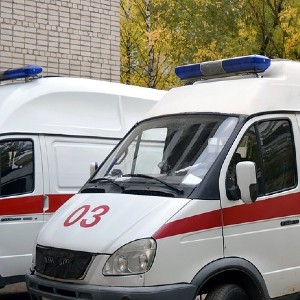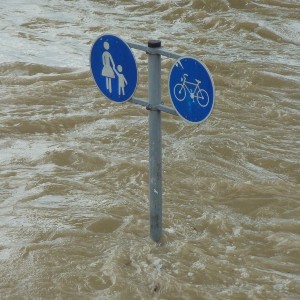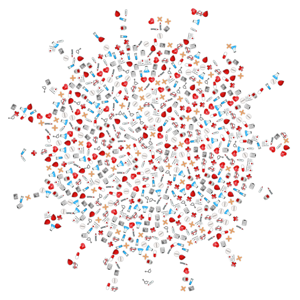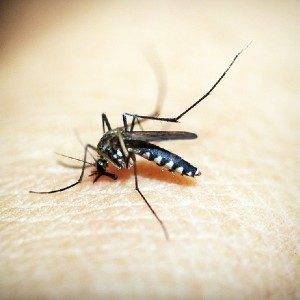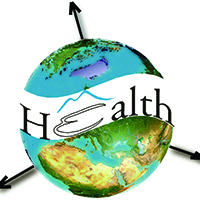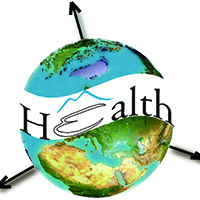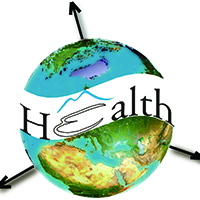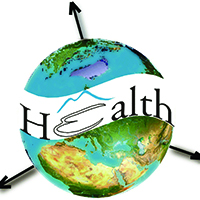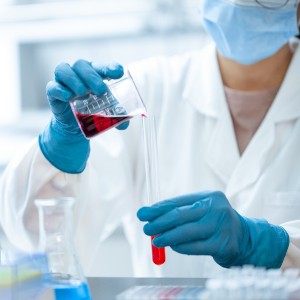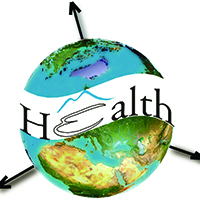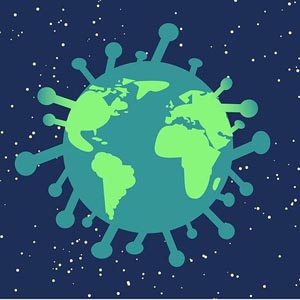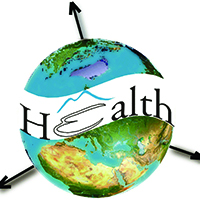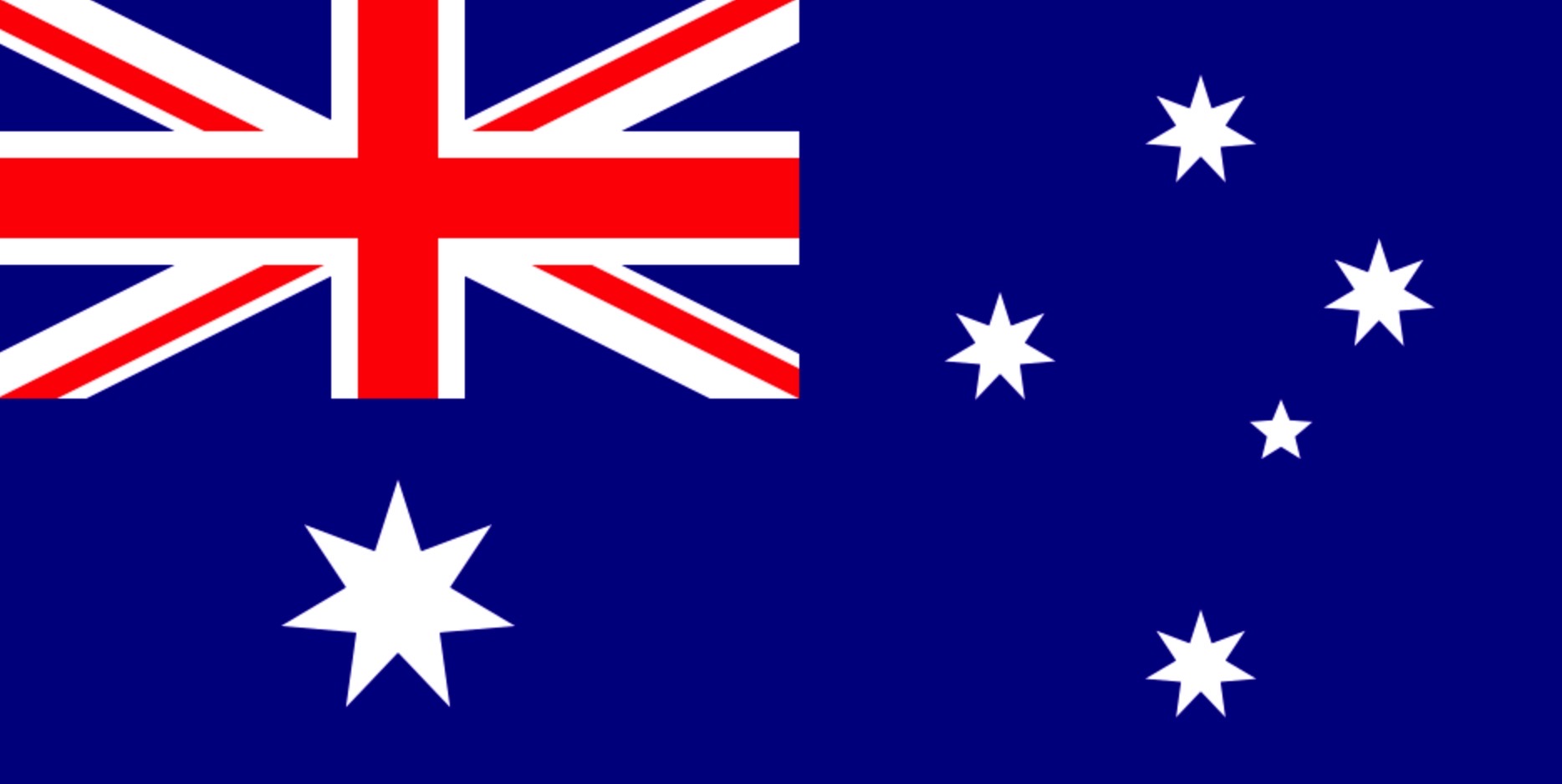FOR AUTHORS
Search
Search Results
##search.searchResults.foundPlural##
-
A dynamic, climate-driven model of Rift Valley fever
4271PDF: 1674Appendix: 502HTML: 1577 -
Spatio-temporal analysis of fox rabies cases in Germany 2005-2006
2717PDF: 1152HTML: 1205 -
Integrating agent-based disease, mobility and wastewater models for the study of the spread of communicable diseases
1881PDF: 451Supplementary Materials: 336HTML: 204 -
Making the most of spatial information in health: a tutorial in Bayesian disease mapping for areal data
6852PDF: 2343APPENDIX: 1096HTML: 5137 -
Where to place emergency ambulance vehicles: use of a capacitated maximum covering location model with real call data
2437PDF: 707Supplementary Materials: 127HTML: 77 -
Zoning the territory of the Republic of Kazakhstan as to the risk of rabies among various categories of animals
2579PDF: 1165APPENDIX: 604HTML: 1441 -
To what extent does climate explain variations in reported malaria cases in early 20th century Uganda?
3873PDF: 1140Appendix: 488HTML: 1211 -
Prediction of dengue cases using the attention-based long short-term memory (LSTM) approach
1788PDF: 884Supplementary Materials: 125HTML: 40 -
Reducing bias in risk indices for COVID-19
2679PDF: 324Appendix: 354HTML: 31 -
Climate impact on malaria in northern Burkina Faso
2475PDF: 816HTML: 726 -
Access to the COVID-19 services during the pandemic - a scoping review
2090PDF: 570Appendix: 237HTML: 100 -
Assessing spatial patterns of HIV prevalence and interventions in semi-urban settings in South Africa. Implications for spatially targeted interventions
1947PDF: 484Supplementary 1: 99Supplementary 2: 245HTML: 145 -
Spatial analysis of antimicrobial resistance in the environment. A systematic review
2347PDF: 779Supplementary Materials: 174HTML: 58 -
A topological multilayer model of the human body
3035PDF: 1092HTML: 1549
1 - 50 of 50 items











